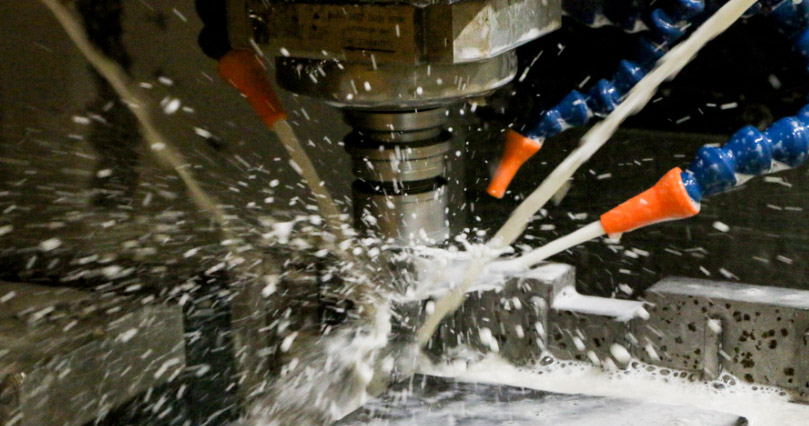15 years one-stop China custom CNC machining parts factory

Hey there I’m VMT Sam!
With 25 years of CNC machining experience we are committed to helping clients overcome 10000 complex part-processing challenges all to contribute to a better life through intelligent manufacturing. Contact us now
 170 |
Published by VMT at Apr 22 2022
170 |
Published by VMT at Apr 22 2022
In the production of batch CNC precision parts machining, because the workpiece requires high precision and short delivery time, the work efficiency of the equipment is the top priority of production and machining. Being able to grasp the simple basic knowledge can not only improve the production efficiency of CNC precision parts machining, but also reduce the failure rate of the equipment during use.
The following are some basic knowledge of CNC precision parts machining by the engineers of VMT CNC machining manufacturer:
1. Chip control
Chips wrap around a tool or CNC precision machined part in long successive cuts. Usually caused by low feed, low and/or shallow depth of cut for the geometry.

Reason:
1). The feed for the selected geometry is too low.
Solution: Progressive Feed.
2). The depth of cut for the selected geometry is too shallow.
Solution: Choose insert geometries with stronger chip breaking. Increase coolant flow.
3). The tool nose radius is too large.
Solution: Increase the depth of cut or select a geometry for stronger chip breaking.
4). Inappropriate main declination angle.
Solution: Pick a smaller nose radius.
2. Appearance quality of CNC precision machined parts
It looks and feels "hairy" and does not meet the requirements of public service.

Reason:
1). The chip breaker hits the CNC precision machined parts and leaves marks on the machined surface.
Solution: Pick a flute that guides the chip evacuation. Change the entering angle, reduce the depth of cut, and select a positive tool system with a mid-cut angle.
2). The reason for the hairy appearance is that the grooves on the cutting edge are worn too severely.
Solution: Choose a brand with better oxidation wear resistance, such as cermet brand, adjust the cutting speed to reduce.
3). The combination of too high feed and too small corner fillet will cause rough surface.
Solution: Choose a larger tool nose radius and drop feed.
3. Burr Composition
When cutting is separated from CNC precision machined parts, burrs are formed at the end of cutting.
Reason:
1). The cutting edge should not be sharp.
Solution: Use inserts with sharp cutting edges: - Finely ground inserts with small feed rates (<0.1mm/r).
2). The feed is too low for the roundness of the cutting edge.
Solution: Use a shank with a small entering angle.
3). The grooves at the depth of cut of CNC precision machined parts are worn, or chipped.
Solution: Finish the cut with a chamfer or radius when detaching the CNC machined part.
4. Oscillation
High radial cutting forces, cause: Oscillating or chattering scratches from the tool or tool set. It usually occurs when using boring bars for internal CNC machining.

Reason:
1). Inappropriate main declination angle.
Solution: Pick a larger entering angle (kr=90°).
2). The tool nose radius is too large.
Solution: Pick a small nose radius.
3). Inappropriate cutting edge roundness, or negative chamfer.
Solution: Pick a label with a thin coating, or an uncoated label.
4). Excessive flank wear on the cutting edge.
Solution: Pick a more wear-resistant brand or adjust to reduce the cutting speed.
Ready To Start Your Next Project?
Get Instant Quote

Request a Free Quote
Send us a message if you have any questions or request a quote. We will get back to you ASAP!